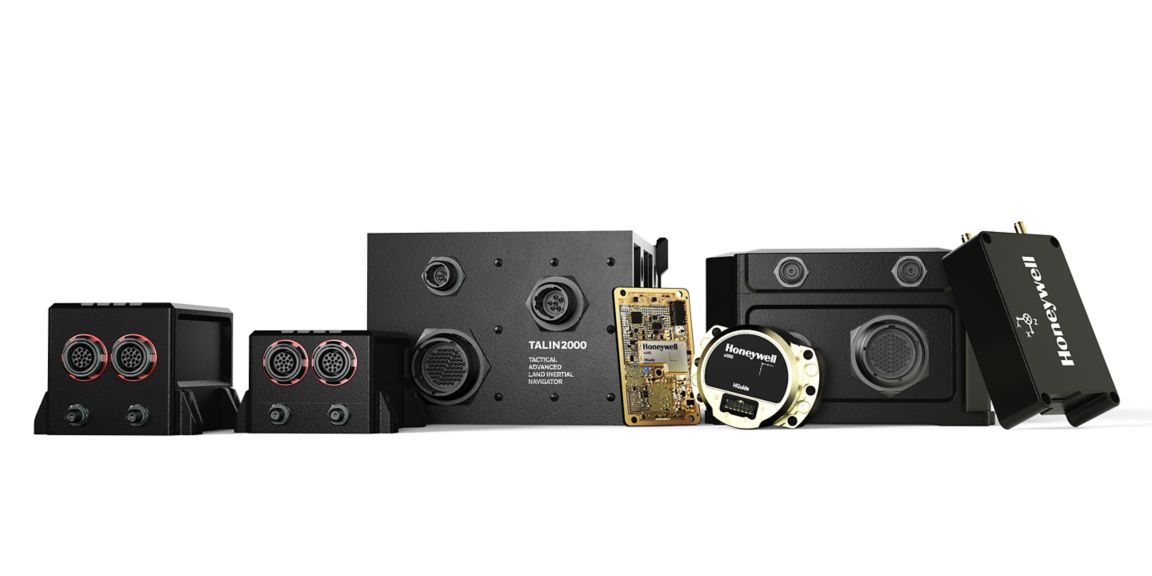Your browser is not supported.
For the best experience, please access this site using the latest version of the following browsers:
By closing this window you acknowledge that your experience on this website may be degraded.
Honeywell Aerospace is a global leader in resilient navigation, especially in challenging environments. Our wide range of inertial navigators can be found in diverse industries within the aerospace, defense and industrial market.
Refine By
Clear
Applications
Position
Compatible Platform
You can only request up to 6 free samples. Please remove one or more products from your sample bag before requesting another sample
×



